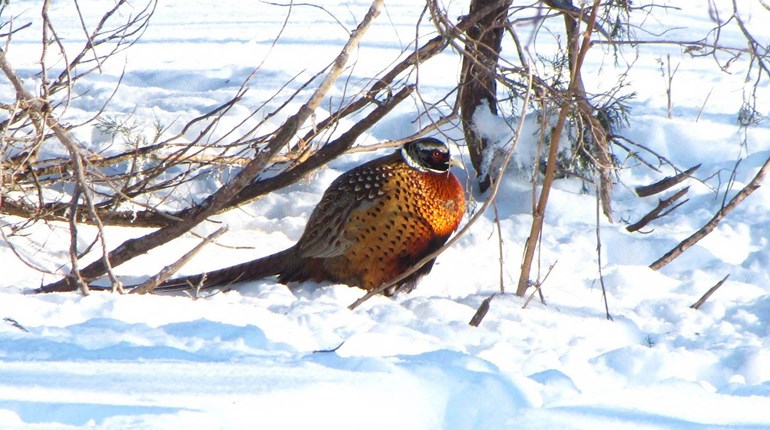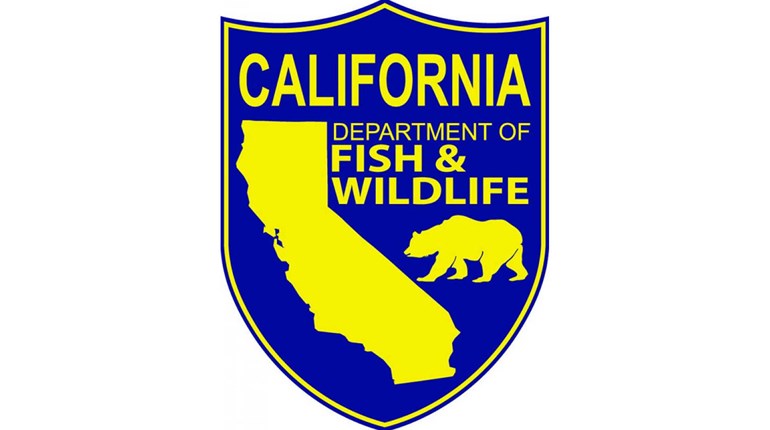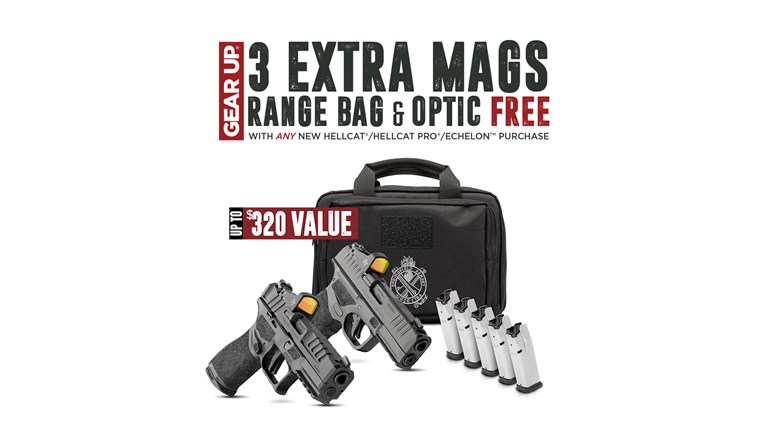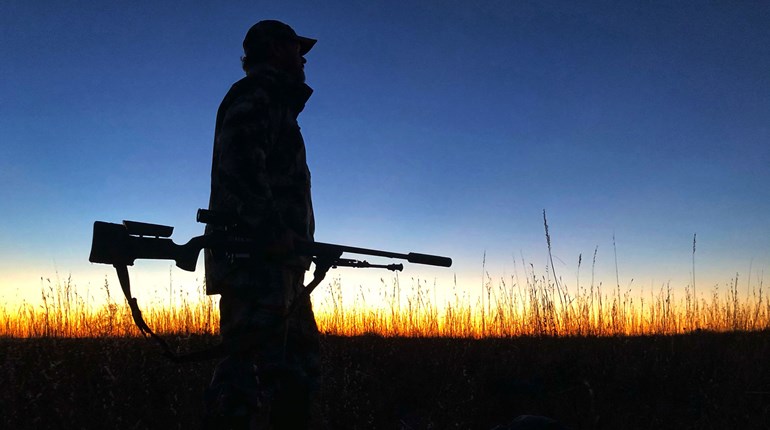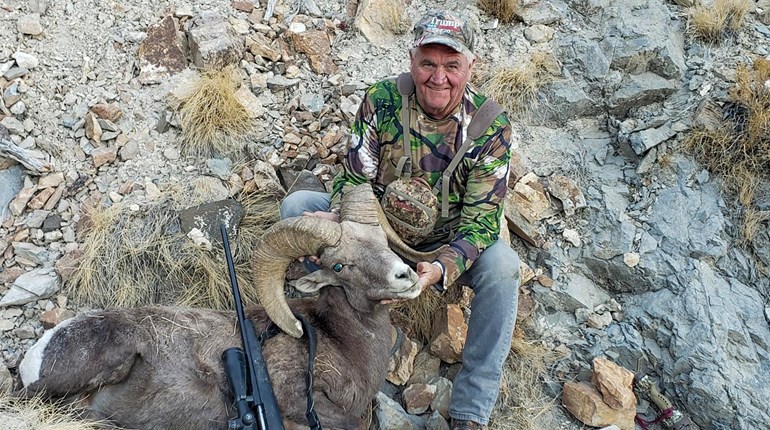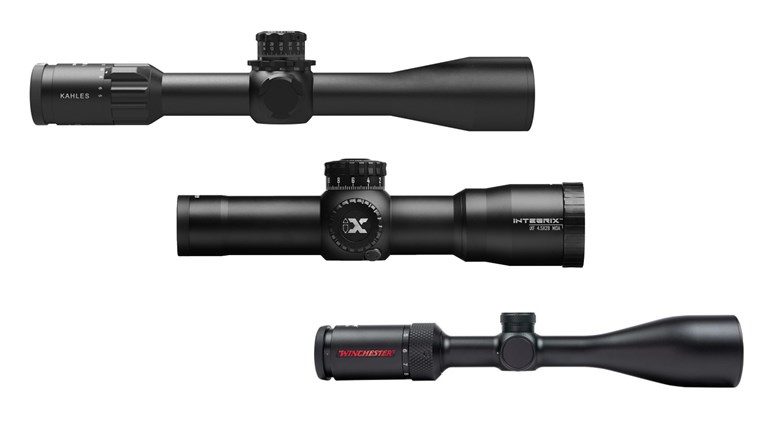
The U.S. Fish and Wildlife Service (USFWS) announced on Jan. 15 that more than $1.3 billion will soon be heading to states, commonwealths and territories to support their efforts to fund conservation and connect people with nature. This critical funding is generated by manufacturers who paid federal excise taxes last year on ammunition, firearms, archery and angling equipment, as well as a fuel and small engine tax. The money is disbursed to partner fish and wildlife agencies through grants by the USFWS Office of Conservation Investment.
This state-industry-federal partnership was established almost a century ago with the support of concerned sporting and conservation organizations, sporting manufacturers and conservation professionals who recognized the need to conserve fish, wildlife and their habitat. Since 1937, more than $29 billion has been distributed through annual apportionments to monitor and manage our nation’s fish and wildlife resources, support hunter and aquatic education, and improve access for outdoor activities like hunting, fishing and boating.
“Wildlife and Sport Fish Restoration funding is vital to supporting collaborative conservation efforts, enhancing fish and wildlife health, and ensuring clean water and outdoor access for all,” said USFWS director Martha Williams. “This partnership represents one of the most effective conservation tools in the world and is critical to strengthening the connection between people and nature.”
Along with the more than $29 billion distributed through annual apportionments, partner fish and wildlife agencies have contributed over $9 billion in investments throughout the program’s history. Through these combined funds, agencies have supported monitoring and management of more than 500 species of wild mammals and birds, annual stocking of over one billion fish, operations of fish and wildlife disease laboratories around the country, and provided hunter and aquatic education to millions of students. These funds have also supported operations and maintenance of more than 800 target ranges and opening of over 36-million acres of land to hunting and angling.
The money is raised through two different excise taxes on outdoor-related equipment. The Pittman-Robertson Wildlife Restoration Act, which was enacted in 1937, collects 11 percent of the wholesale price for long guns, ammunition and archery equipment. It also includes a 10-percent tax on the wholesale price for handguns. It is paid by manufacturers and importers, and applies to all firearms, ammunition and archery gear imported or sold domestically to the commercial market and federal law enforcement sales, whether the purpose is for recreational shooting, hunting or personal defense.
The Dingell-Johnson Act, enacted in 1950, collects an excise tax on motorboat fuel, small-engine fuel (include lawn mowers, etc.) fishing tackle and fishing equipment.












